
 When I was six years old, The Muppet Show premiered and was hooked right from the start. I just grew out of the Sesame Street era and directly in to Jim Henson’s hands. The show aired between 1976 until 1981 when I was eleven years old; I was a true Muppet kid. I am sure I even kept watching the reruns until they were off the air. The Muppets definitely influenced my childhood. I can’t even tell you how many sock puppets I made as a kid, way too many. I even had a puppet making supply kit fully stocked with a variety of googly eyes and a bag full of old colored socks. I wonder where they all ended up?
When I was six years old, The Muppet Show premiered and was hooked right from the start. I just grew out of the Sesame Street era and directly in to Jim Henson’s hands. The show aired between 1976 until 1981 when I was eleven years old; I was a true Muppet kid. I am sure I even kept watching the reruns until they were off the air. The Muppets definitely influenced my childhood. I can’t even tell you how many sock puppets I made as a kid, way too many. I even had a puppet making supply kit fully stocked with a variety of googly eyes and a bag full of old colored socks. I wonder where they all ended up?
“I don't know exactly where ideas come from, but when I'm working well ideas just appear. I've heard other people say similar things - so it's one of the ways I know there's help and guidance out there. It's just a matter of our figuring out how to receive the ideas or information that are waiting to be heard.” ― Jim Henson
Either way, I just came across “The Red Book” which was a log that Henson started in 1977 and continued until the end in 1988. He recorded his activities and his thoughts. One of the entries was from 1970 where he was working on computer animation for Sesame Street. Yea, I wrote that right, in 1970 he was doing computer animation – cutting edge stuff for that time. As a creative you need to be an explorer, a risk-taker, and also learn from others creatives, the habits, environment, the community, and their thought process. Even if you are in a completely different industry, these skills are completely transferable. Check out Henson's thoughts… ~ Cornell
9/10-12/1970 – ‘In Denver doing Computer Animation for Sesame #’s 10 and 4 – Second season of Sesame Street.’
Historical information provided by The Jim Henson Company Archivist: Jim was always interested in the next technological advancement to further express his creative vision, so it’s not surprising that he would seek out the earliest innovations in computer animation. For the second season of Sesame Street, Jim was contracted to make a series of counting films using a range of techniques. Some were live action, some were made using stop-motion animation, Jim painted under the camera to bring other numbers to life, and he worked with Maurice Sendak to produce two traditionally animated films. For numbers 4 and 10, however, Jim was eager to try a new analog computer system called Scanimate. Invented by Lee Harrison III in the late 1960s and built by the Computer Image Corporation in Denver, the Scanimate process involved back-lit high-contrast artwork that was mounted on animation pegs and scanned by a progressive scan monochrome camera. According to Scanimate chronicler Dave Sieg, those working on this technology were, “…an interesting mix of technicians and creative geniuses that understood the subtleties of color and motion that gave the work its real value.”
It’s unclear how Jim learned about Scanimate, but he had been interested in electronics in general and had used his Moog synthesizer to great effect on numerous projects. His colleague, Jerry Juhl, was an early adapter of computers and would have been intrigued with the process as well. Jerry wrote the scripts for “Number 4” and “Number 10” which Jim recorded the week before going out to Denver. The system allowed for the animation to be created in real time which made for an efficient production process. Jim arrived with the audio tracks and detailed storyboards in hand, and was able to complete the visuals for the film in just three days. While visually unimpressive in the context of today’s digital graphics, Jim’s Scanimate work was cutting edge in 1970 and an example of how he was always leading the way in the world of visual media.
FROM: http://www.henson.com/jimsredbook/2011/09/910-121970/
AND you have to watch my favorite Muppet Show skit, “Manana“,
which was the first skit shown on season 1, episode 1.
![]() My coordinator just sent me a recent article from WIRED magazine, “Why Design Matters More Now Than Ever Before”. Does it matter? I have been saying for years, and now it seems as if everyone is starting to catch on. DESIGN IS LIFE!!!! ~Cornell
My coordinator just sent me a recent article from WIRED magazine, “Why Design Matters More Now Than Ever Before”. Does it matter? I have been saying for years, and now it seems as if everyone is starting to catch on. DESIGN IS LIFE!!!! ~Cornell


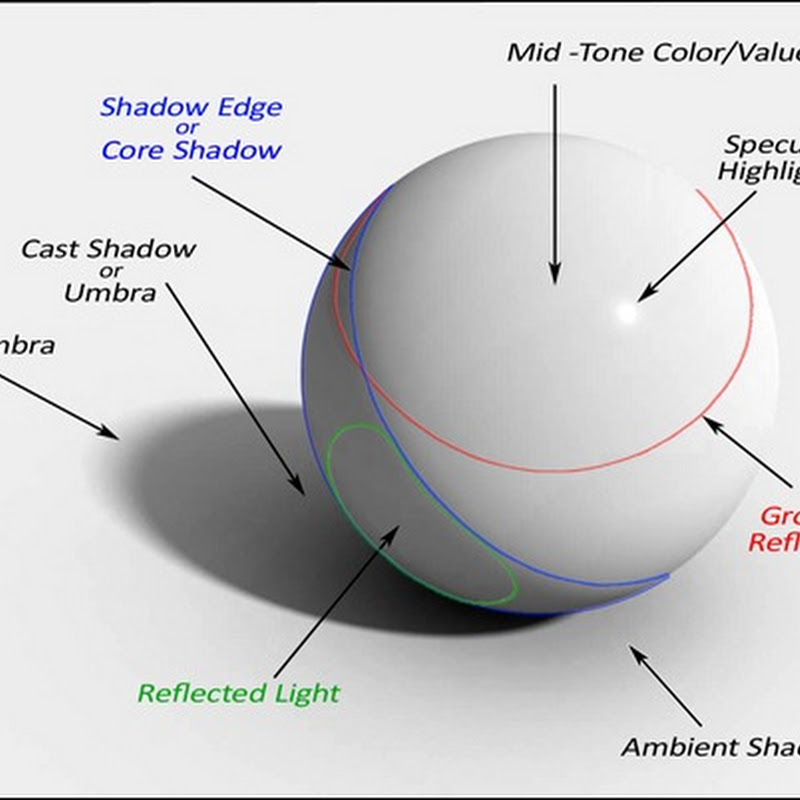

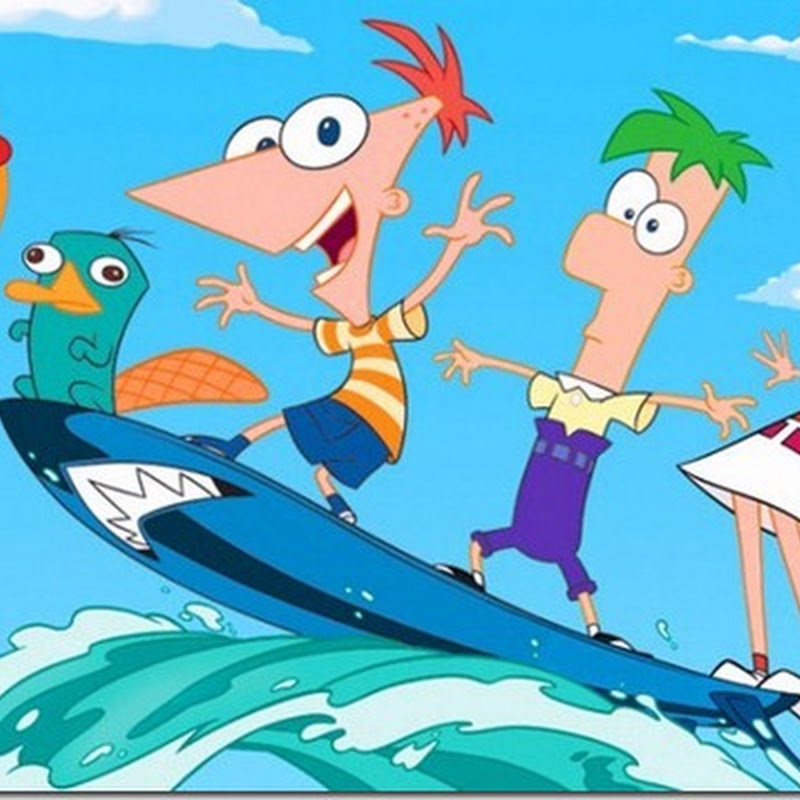
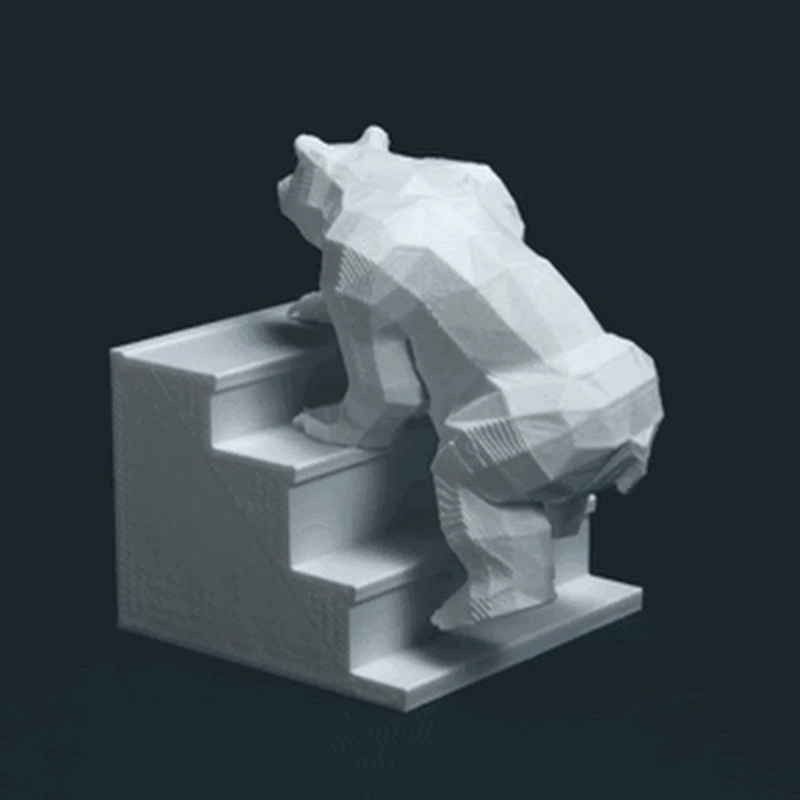



![Techly-3d-printed-car-strati-990x500[1] Techly-3d-printed-car-strati-990x500[1]](http://lh5.ggpht.com/-E8MsO3DK7y8/VBcV6EJRPyI/AAAAAAAAKLA/HTS-YPHUhwY/Techly-3d-printed-car-strati-990x500%25255B1%25255D_thumb%25255B1%25255D.jpg?imgmax=800)
 Hmmm, the worlds first 3d printed car? The first thing I think is, the 3d printer has revolutionized prototyping, it is true. It puts prototyping in the hands of the ‘garage designers / inventors’ a total Game changer. And now, large-scale printing houses and cars? So Cool!!! Now will we ever get to the point where this is practical for actual product production – meaning economical option? I have seen 3d printed bikes and they were very delicate and not great for actual use. For prototyping, we are there, but for production we have a ways to go. Either way, new uses for 3d printers are reveled everyday and the direction we are going is just awesome!!! ~Cornell
Hmmm, the worlds first 3d printed car? The first thing I think is, the 3d printer has revolutionized prototyping, it is true. It puts prototyping in the hands of the ‘garage designers / inventors’ a total Game changer. And now, large-scale printing houses and cars? So Cool!!! Now will we ever get to the point where this is practical for actual product production – meaning economical option? I have seen 3d printed bikes and they were very delicate and not great for actual use. For prototyping, we are there, but for production we have a ways to go. Either way, new uses for 3d printers are reveled everyday and the direction we are going is just awesome!!! ~Cornell 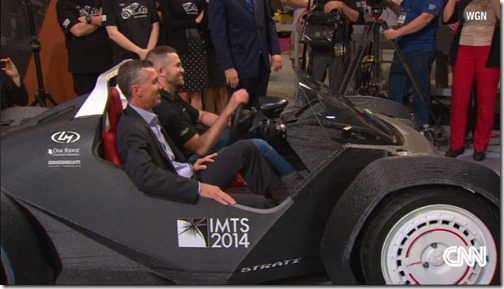


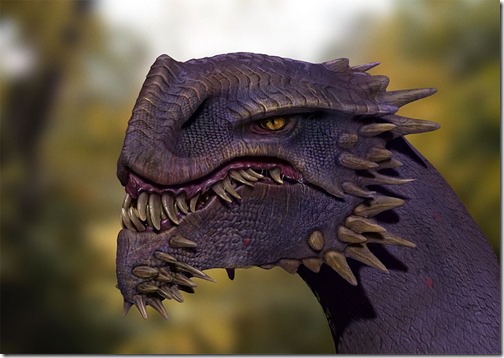
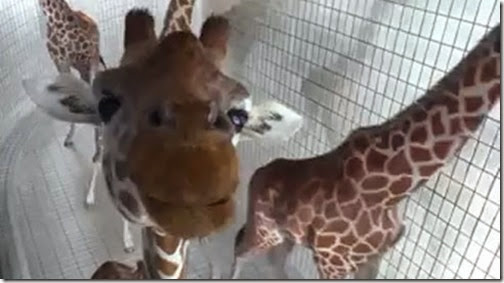
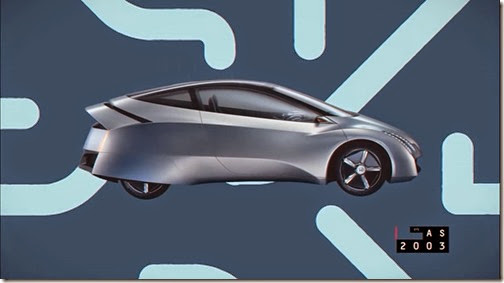


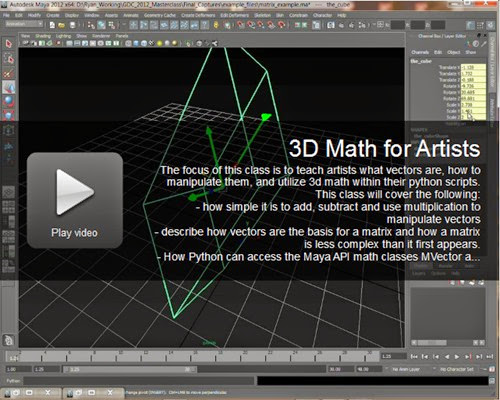


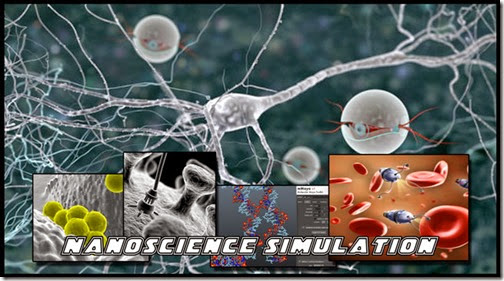

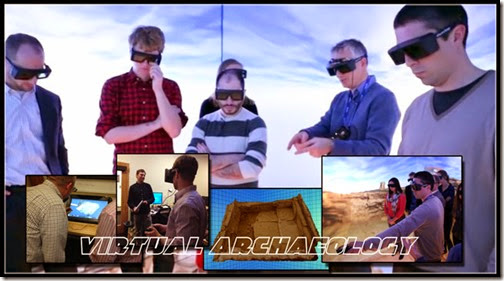
 become an archeologist, but I wanted to for a few years. The movie inspired a generation of archeologists.
become an archeologist, but I wanted to for a few years. The movie inspired a generation of archeologists. 

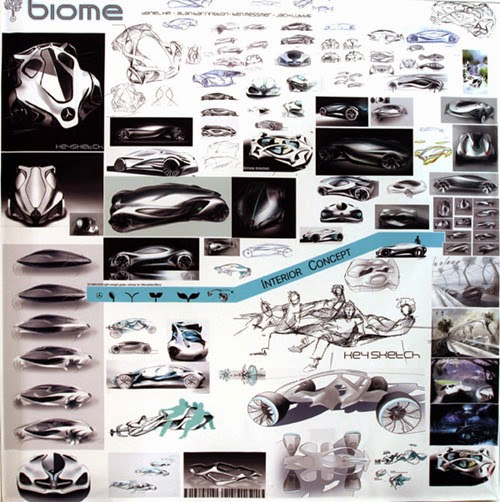


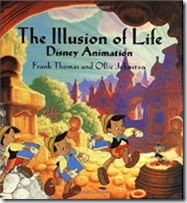


![Bear-on-Stairs-Stop-Motion-3[1] Bear-on-Stairs-Stop-Motion-3[1]](http://lh4.ggpht.com/-pNo3eKTr3oY/U1gG_6WsFyI/AAAAAAAAI1g/wCBgxrAFdTI/BearonStairsStopMotion31_thumb.gif?imgmax=800)
![Bear-on-Stairs-Stop-Motion-1[1] Bear-on-Stairs-Stop-Motion-1[1]](http://lh5.ggpht.com/-KVHzLaLQPqc/U1gHBQo337I/AAAAAAAAI1w/-AUu00ixWVY/BearonStairsStopMotion11_thumb.gif?imgmax=800)
![mottnhp01-3106278890-o_new_wide-1576e809c76293ddab5eb7aba428275014e5f17a-s40-c85[1] mottnhp01-3106278890-o_new_wide-1576e809c76293ddab5eb7aba428275014e5f17a-s40-c85[1]](http://lh3.ggpht.com/-zwbQHF6Qels/UydU1Fqb17I/AAAAAAAAIy0/_wAa5Ye2gK0/mottnhp01-3106278890-o_new_wide-1576e809c76293ddab5eb7aba428275014e5f17a-s40-c85%25255B1%25255D%25255B5%25255D.jpg?imgmax=800)
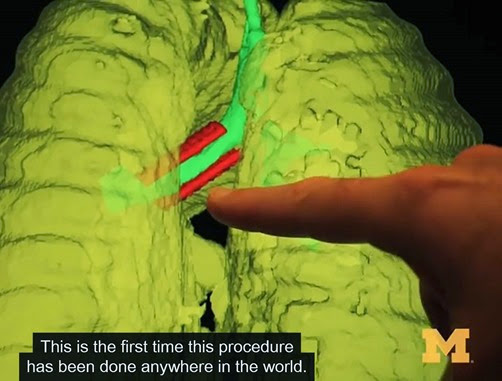
![25-copy_sq-48360ec6e1de3fc9167d348ff82354c687d51713-s3-c85[1] 25-copy_sq-48360ec6e1de3fc9167d348ff82354c687d51713-s3-c85[1]](http://lh6.ggpht.com/-nUnrNyVhhxY/UydU3-qj5NI/AAAAAAAAIzM/HyCuQN3tXdw/25-copy_sq-48360ec6e1de3fc9167d348ff82354c687d51713-s3-c85%25255B1%25255D_thumb%25255B1%25255D.jpg?imgmax=800)
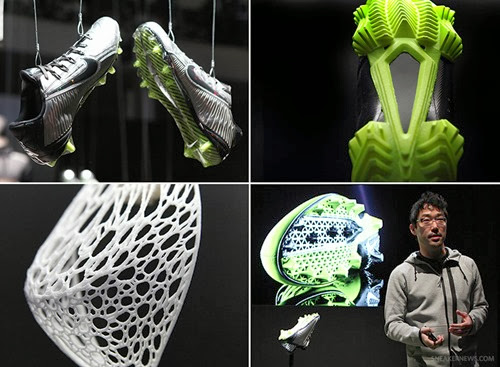
![415139-stratasys-object500-connex3-multi-material-3d-printer-shoes[1] 415139-stratasys-object500-connex3-multi-material-3d-printer-shoes[1]](http://lh5.ggpht.com/-1MEWPDRkWLQ/UvEo__PY1TI/AAAAAAAAImE/YWj78pBgmX8/415139-stratasys-object500-connex3-multi-material-3d-printer-shoes%25255B1%25255D%25255B5%25255D.jpg?imgmax=800)
![nike-3d-printing-8[1] nike-3d-printing-8[1]](http://lh4.ggpht.com/-sazyXLftmwU/UvEpAqtgKOI/AAAAAAAAImM/xJ9EZTzPooY/nike-3d-printing-8%25255B1%25255D%25255B6%25255D.jpg?imgmax=800)
![33-Children-Playing-Gettyv1[1] 33-Children-Playing-Gettyv1[1]](https://blogger.googleusercontent.com/img/b/R29vZ2xl/AVvXsEiasKzh93Do7yrKPbHbK_AEzVq08h4-JZ-EMbl-4KEh_hUu93zm9KHTIFq59hfhsCYiTpmXQASKDMokhrzxeEOmr9zeoTtCPDJxVeHXZNXPIOFW5FRVMM92oee5x_LRBiwbZ3IenSdHZXfh/?imgmax=800)